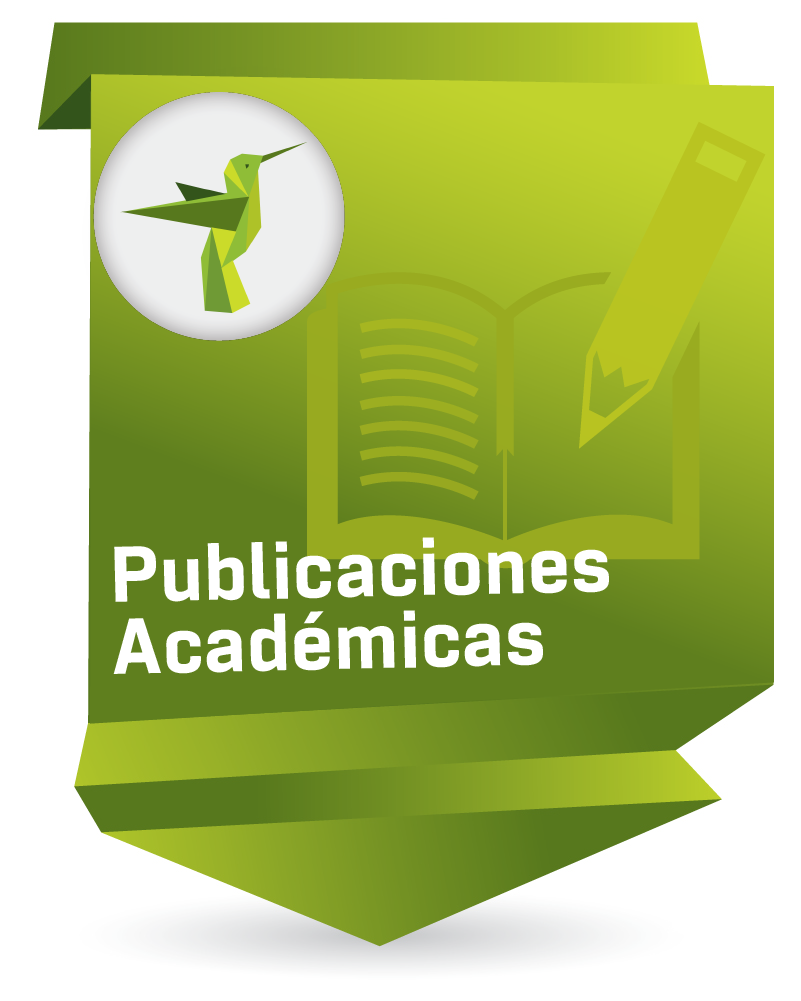Systematic Review of CLIL in Computer Science: Past, Present, and Future — with a Special Focus on Using ICT
Revisión sistemática de AICLE en informática: pasado, presente y futuro, con un enfoque especial en el uso de las TIC

Enlaces del Item
URI: http://hdl.handle.net/10818/50859Visitar enlace: https://laclil.unisabana.edu.c ...
ISSN: 2011-6721
DOI: 10.5294/laclil.2021.14.2.6
Compartir
Estadísticas
Ver as estatísticas de usoCatalogación bibliográfica
Apresentar o registro completoData
2021Resumo
Computer science is regarded one of the subjects best suited for teaching with ICT-supported CLIL, as the English language is the lingua franca of computing, and the computer science classroom is an ideal place to apply digital technologies. This paper aims to explore the role of content and language integrated learning (CLIL) in the teaching and learning of computer science in English – focusing especially on using information and communication technology (ICT). For this purpose, a systematic literature review based on the PRISMA protocol was carried out. A total of 31 documents published in the period 2011–2021 on CLIL in computer science and ICT in the CLIL environment were analysed. In this article, first, the advantages of using CLIL in computer science will be discussed, followed by illustrating the benefits and challenges of applying ICT in CLIL lessons. Finally, trends in research on technology enhanced CLIL will be presented, outlining existing findings as well as identifying research gaps in the field. The most important shortcomings and difficulties outlined in the related literature are the limited research on both CLIL and ICT supported CLIL in the subject of computer science, the inconsistent terminology for using ICT in CLIL, and the need in CLIL teacher training courses for the effective use of digital technologies. Therefore, the findings of this paper identify a variety of future research agendas in order to increase the effective, ICT-supported CLIL in the subject of computer science.
Palabras clave
Ubicación
LACLIL, 14(2), 323–347
















